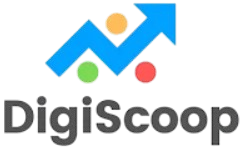In this exclusive conversation, PS Pranika, Founder of ShyShark, State President at WICCI Delhi and former Brand Marketing Lead at Nykaa and BYJU’S FutureSchool, breaks down how she’s reshaping the branding game for modern founders. From building ShyShark™ as a hybrid agency-venture studio to integrating AI as a creative accelerator, Pranika shares how clarity, scrappiness, and strategic depth power her approach to brand-building. She dives into why personal branding is no longer optional, how early career experiences in video and events shaped her storytelling lens, and what it means to create content that actually connects in a post-template world. At the heart of it all is a simple but powerful idea: build fast, speak boldly, and make your brand impossible to ignore.
As the founder of ShyShark™, how do you envision blending agency work and coaching to serve your clients in today’s competitive market uniquely?
Most founders don’t just need work done; they need to understand why it works. At ShyShark, we blend the execution power of an agency with the clarity of coaching. That means we don’t just build the machine we show you how to run it. We’re a creative agency + content-led venture studio. Yes, we help you nail your brand voice, visuals, and launch strategy. But we also coach you to think like a strategist, so you’re not just outsourcing blindly; you’re making decisions with insight and conviction. The magic is in the mix: agency speed + coaching depth. We build the thing with you and make sure you know exactly how to run it, whether we’re in the room or not. This is about giving founders long-term brand muscle, not just a good-looking deck. We move fast, build loud, and make sure your brand sounds like you are clear, confident, and built to stand out in a sea of sameness.

Given your deep experience in brand marketing and content strategy, how are you integrating AI tools or automation into your current marketing and creative workflows?
ShyShark runs lean by design, so AI isn’t a luxury; it’s survival tech. We use it daily to brainstorm ideas, generate mood boards, write scrappy first drafts, and even test voiceover content internally. I’ve built landing pages, sliced campaign to-dos, and planned launch timelines entirely with AI. When time was tight, it made the “idea-to-iteration” cycle ridiculously faster. But here’s the thing: AI is a junior team member, not a creative director. It saves time, reduces bottlenecks, and enables us to move at startup speed, but it still requires a human to bring the edge.

Our golden rule? AI drafts, and humans finish. There are parts of the work that I won’t let AI touch, such as campaign research and strategy development. That requires nuance, context, and an understanding of real human behavior, not just surface-level summaries. I’ll feed the brief into AI, but the homework? I do it myself. In a world of templated campaigns and robotic captions, we use AI to sharpen the edge, not smooth it out. If your brand sounds like ChatGPT in Canva, you’ve already lost the plot.
What inspired you to transition from leading marketing roles in startups and large firms to founding your platform? How has that entrepreneurial journey shaped your perspective on personal branding?
I didn’t leave corporate because I hated it; I was good at it. I led brand mandates at Nykaa and BYJU’S, and I genuinely enjoyed the ride. But somewhere in between campaign decks and handoffs, I started craving something else: full-spectrum ownership. So, I took a break and went to Bali for two months. When I came back, I didn’t look for a job; I built my own. I had ShyShark quietly brewing in the background, but the official “reveal” happened when a Microsoft mentorship program needed a designation for their speaker poster. I told them to write ShyShark, and that’s how the story got out.
Becoming a founder rewired my perspective on branding. It’s easy to preach strategy when you’re one layer removed. But when you’re building your brand, the ownership runs deeper. You second-guess, you spiral, and you resist your advice. I became the most difficult student of everything I once taught, and that’s made me a better coach. Now, I don’t just help people “polish” their brand. I help them build it from the inside out. Not because it’s trending but because it’s the only organic asset left that actually compounds trust. Your brand isn’t just how you show up online; it’s how people remember you when you’re not in the room.
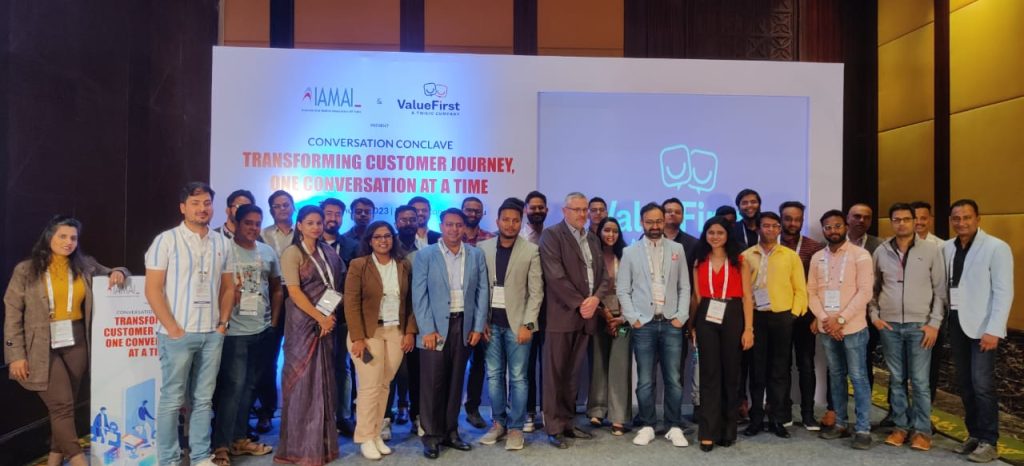
How do you see AI evolving in the marketing and content creation space over the next 3-5 years? Are there specific AI innovations you’re excited to explore or adopt at ShyShark?
The AI boom is going to split creatives into two camps: those who use it to churn out 200 posts a week and those who use it to create one unforgettable idea. I want to be in the second camp.
We’re headed toward hyper-personalised storytelling. Imagine branded content that changes based on who’s watching, or creator campaigns that run 24/7 without ever filming a thing. I think we’re one year away from solopreneurs running global brands from their couches, and ShyShark is building for that world. I’m especially watching generative video and avatar-led storytelling, the kind that allows you to build emotional context using synthetic characters and AI-generated visuals.
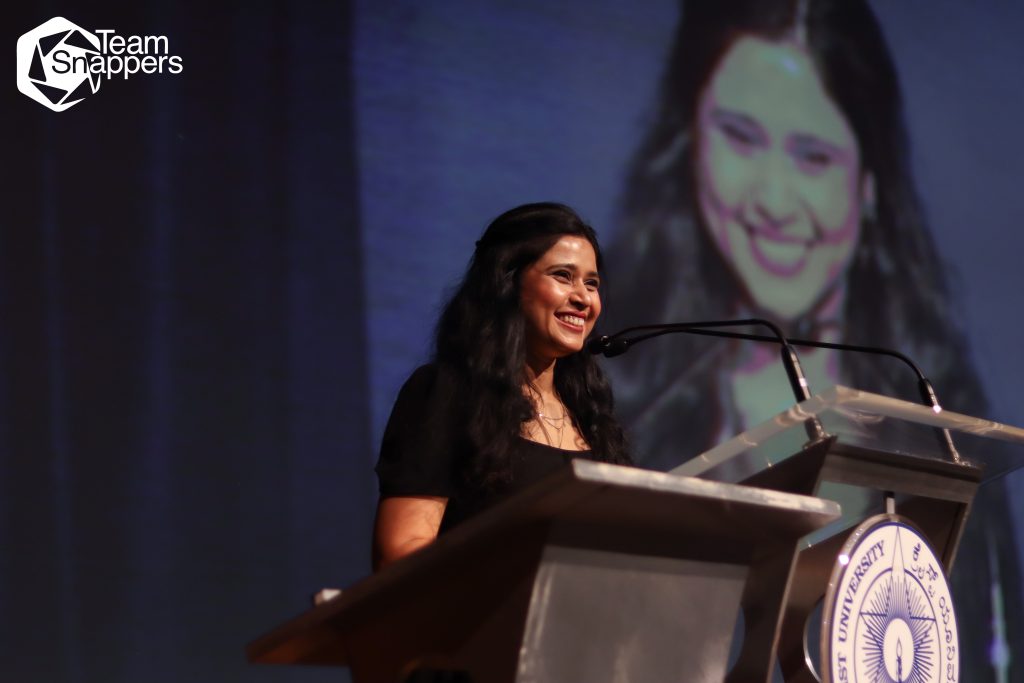
We’re exploring talking-head video tests where the “brand story” is delivered by fictional personas built entirely by AI. It’s wild, but it opens up new ways to tell product-first stories that feel human. What matters most, though, is this: a brand using AI is different from an AI-led brand. The story has to stay front and center. Unless you’re a tech company, your customers don’t care about your AI stack; they care about how you make them feel.
My biggest hope? That AI levels the playing field and removes barriers for anyone with a good idea. My biggest concern? That we’ll drown in content that should’ve never been made and that we’ll forget how to tell what’s real.
Reflecting on your time managing brand marketing at Nykaa and BYJU’S FutureSchool, what were some key learnings that influence how you build brands today?
BYJU’S taught me to scale. Nykaa taught me speed. Both taught me that if your brand can’t be explained in one sharp line, you’ve already lost the room. One of the biggest things I carry from those stints is that storytelling needs structure. A bold idea means nothing if it dies in a deck or gets diluted in a review meeting. I saw too many smart campaigns slow down because they were trying to please too many people at once.
At ShyShark™, we build fast without compromising quality. We’re platform-agnostic but insight-obsessed. We don’t get caught up in chasing “what’s trending.” We focus on what actually lands. The other thing?
Data means nothing if you don’t know what emotion you’re chasing. Most people confuse content with communication. I’ve learned how to bridge the two, and I apply that knowledge every day when helping founders articulate what they’re truly trying to say. I apply all of this daily, just without the 11 approvals.
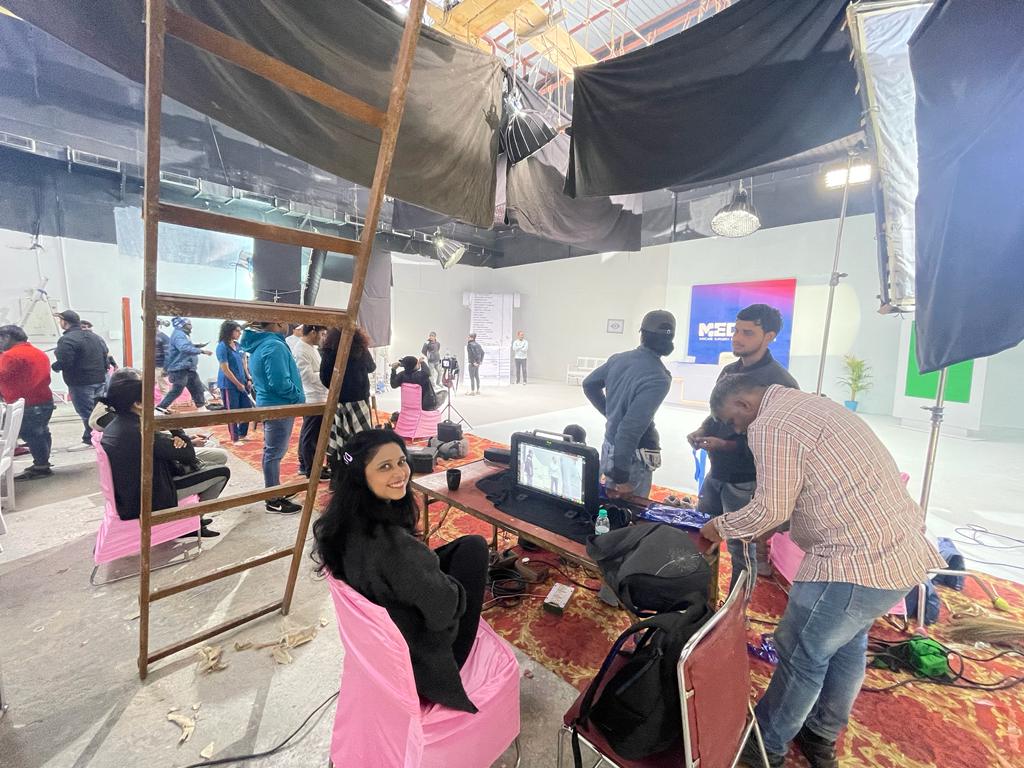
Your early career spans video production, branded content, and even co-founding an event management company. How do those varied experiences influence your current approach to storytelling and brand strategy?
Every good brand is a show. My early work taught me the importance of pacing, drama, and surprise and how to execute them with limited resources and no backup.
I’ve done zero-budget shoots with just a borrowed DSLR and natural light. I’ve been the director, voiceover artist, and graphics person all in one. I’ve closed brand deals on a barter basis, handled pre-show crises at live events, and still delivered content that aired on TV. That scrappiness shaped everything I know. It taught me that storytelling is feeling-first, not format-first.
You don’t need a big crew or a fancy brief. You need to know: why would a stranger stop and care? Because I’ve worked across video, events, and branded content (back when we still called it “going viral”), I learned early that attention is rented, not owned. The format is secondary. The feeling is everything. That’s how we approach the brand building at ShyShark. Whether it’s a reel, a landing page, or a full-blown brand sprint, the question stays the same: what does it make people feel, and will they care enough to remember?
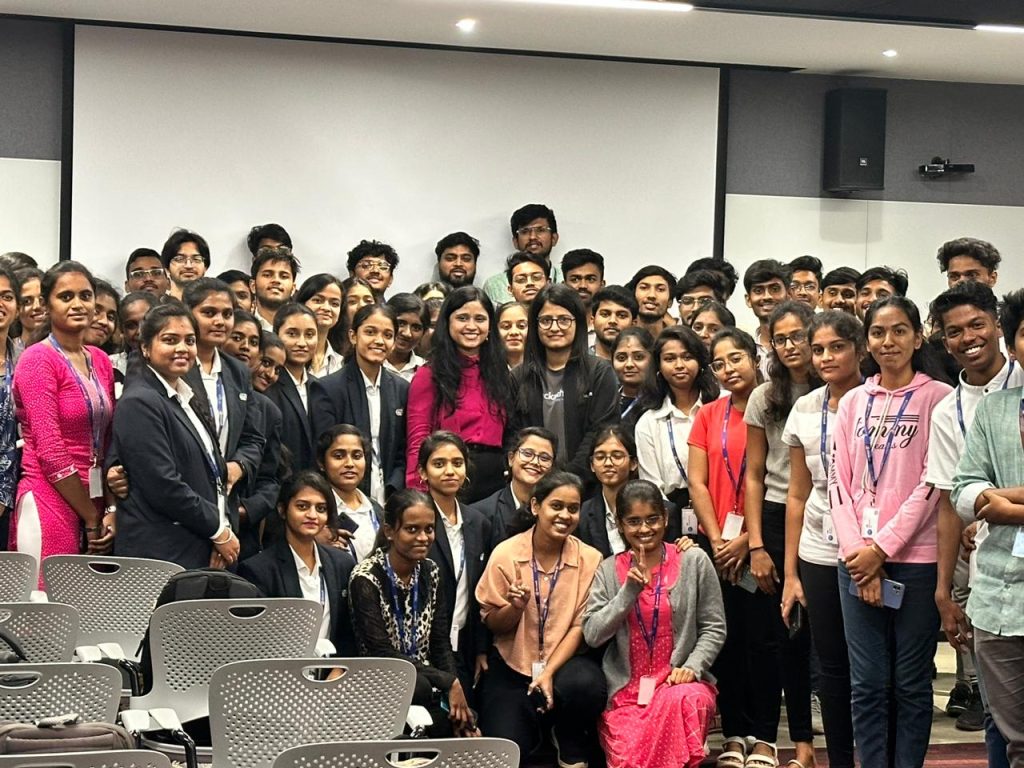
What are your future plans for ShyShark™? Are there new services, markets, or technologies you are eager to incorporate as the brand grows?
ShyShark is evolving from a “done-for-you” branding agency into a creative venture studio. That means we’ll still build brands for clients, but we’ll also test our own ideas in public. Last month, I turned a viral comment into a T-shirt drop because people literally asked for it. It didn’t explode, but it sparked something bigger: the freedom to test loud, weird ideas without waiting for client sign-off. We’re also doubling down on SharkBite sessions, fast and bold strategy sprints for founders who need clarity in one hour. And we’re creating Mini Brand Direction Kits for SMEs and indie creators, the ones who can’t afford a big agency but still deserve a big idea.
It’s all part of a larger goal: helping people build louder, faster, and without burnout. Real ambition? To make ShyShark a place where ideas move fast, feel real, and are impossible to ignore, not powered by VC money but by momentum and taste. I’ve set myself a few hard goals. If I hit them, I’ll take a trip to Vietnam not as an escape but as a creative reset for what ShyShark 2.0 becomes. That energy, intentional and alive, is where we’re headed.

Mentorship appears to be a crucial aspect of your journey. What advice do you typically give to emerging marketers and content creators looking to build their personal brand in a tech-driven world?
Don’t “build” a personal brand. Build a point of view and share it before you feel ready. Done is always better than perfect. Post the draft. It starts to get messy. Edit later. Your vibe is your resume. Your voice is your USP. No one remembers your first 10 posts; they remember the one that made them feel seen. You don’t need a fancy logo or Canva-perfect carousels. You need clarity, guts, and enough momentum to keep going even when no one’s clapping. Say the thing. Show your work. And don’t be afraid to screw up in public; that’s how trust is built.
As AI increasingly impacts marketing, what ethical or practical considerations do you keep in mind to ensure authentic and responsible brand communication?
AI is your intern, not your identity. At ShyShark, we use AI to draft, sort, and spark ideas, not to fake what we haven’t lived. We’re transparent when it’s machine-generated, we check for bias, and we keep the final cut human. Because in a world where every brand is starting to sound the same, the only edge left is your voice. And no algorithm can replicate that.
For a deeper dive into ShyShark’s creative thinking, brand philosophy, and founder-led storytelling, explore their whitepapers and product-based knowledge videos. It includes product explainers, SharkBite™ reels, personal branding insights, and thought leadership content, designed to showcase how we build brands that move fast, feel real, and refuse to blend in. We have also attached a recent podcast of Pranika where she talks about her journey.
